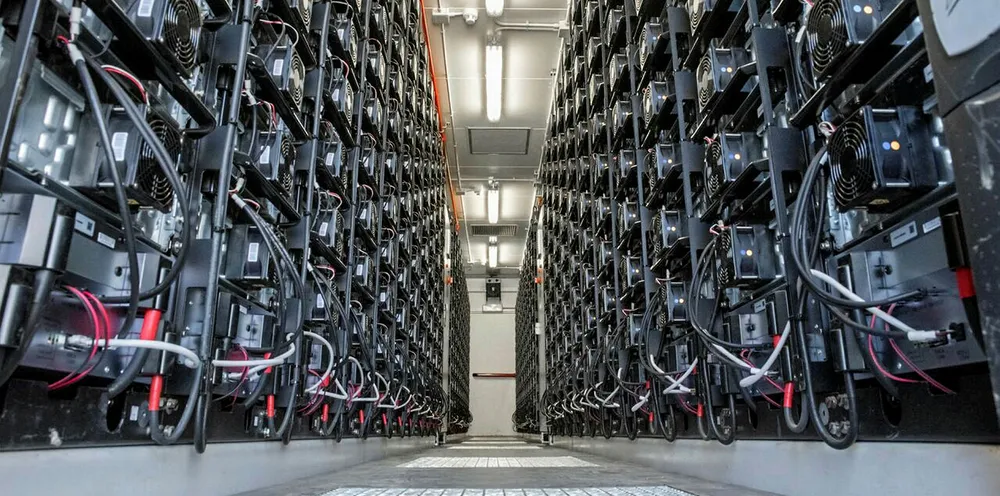European energy storage market set to rebound after 2019 slow-down: report
Study from industry body EASE points to return to growth 'as regulation stabilises and revenue streams mature'

Study from industry body EASE points to return to growth 'as regulation stabilises and revenue streams mature'
